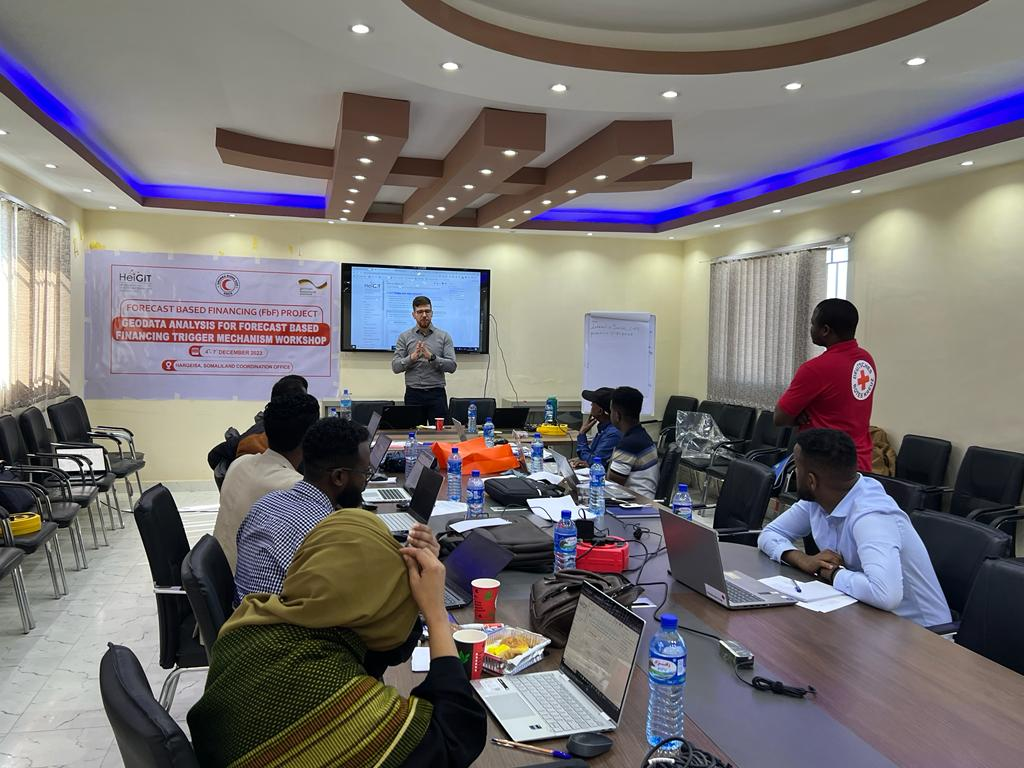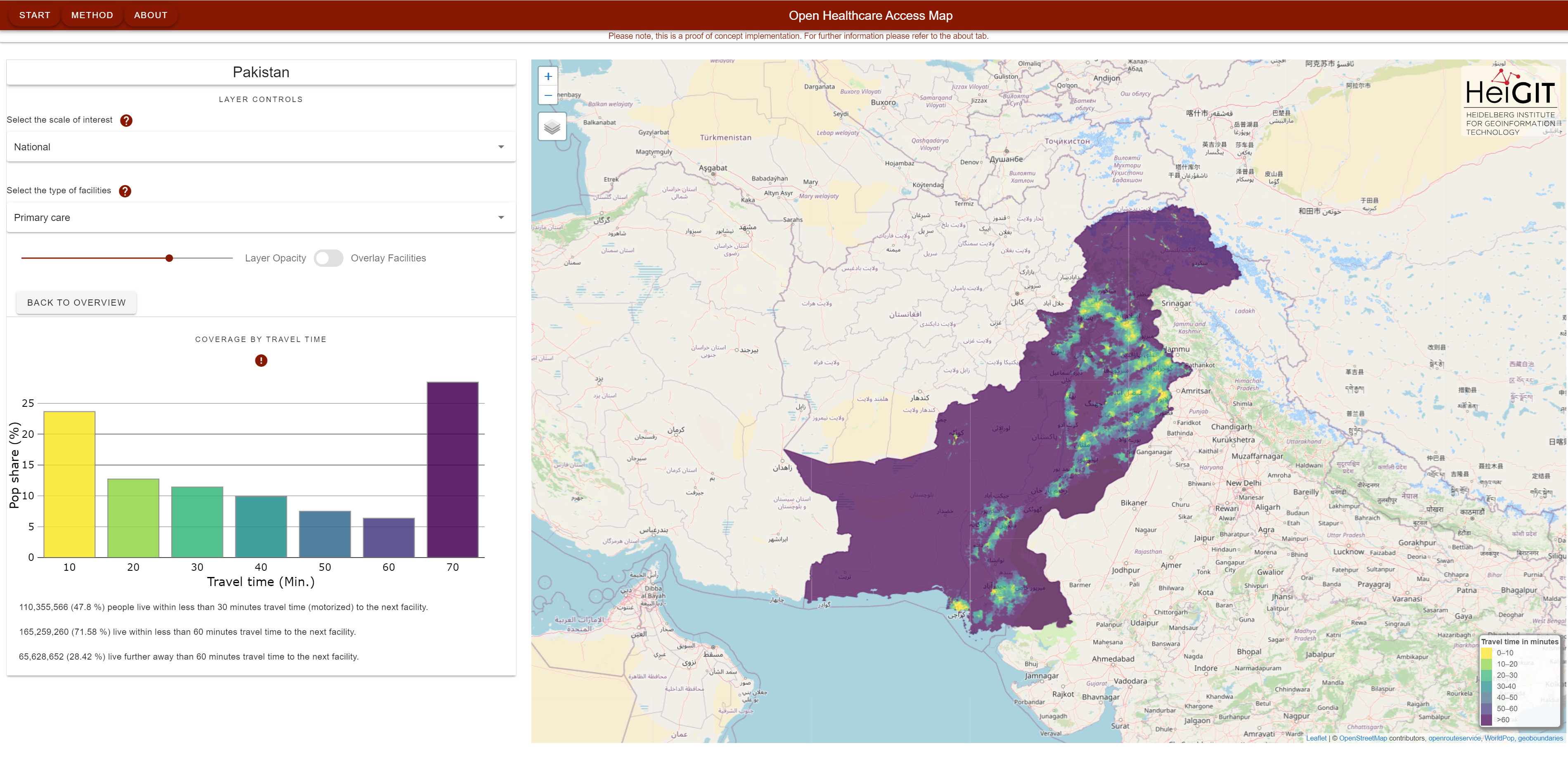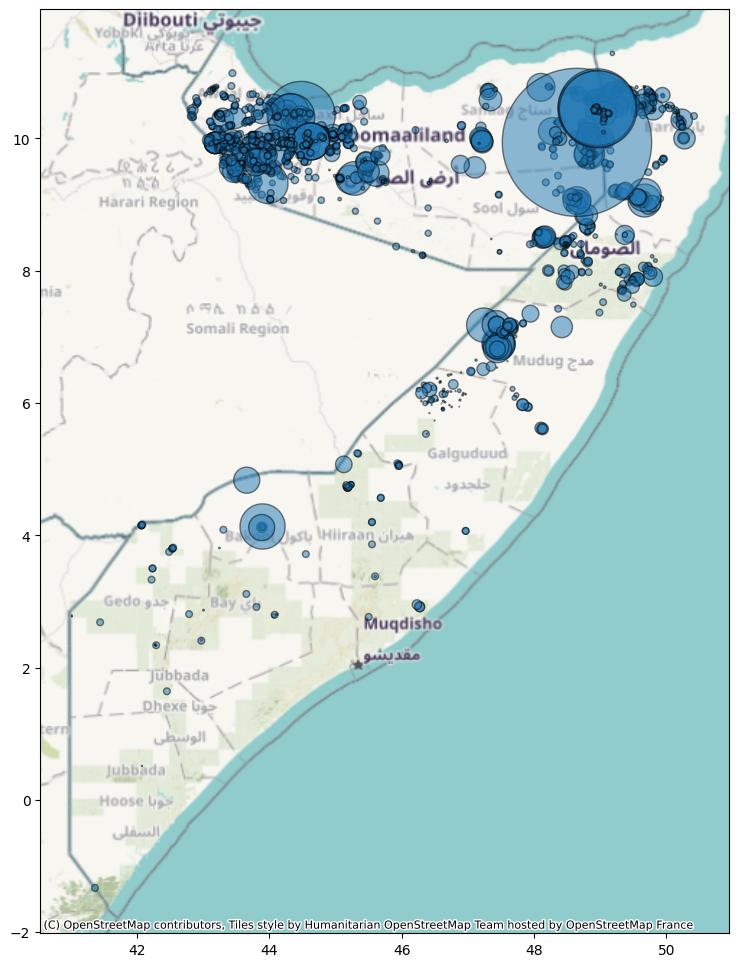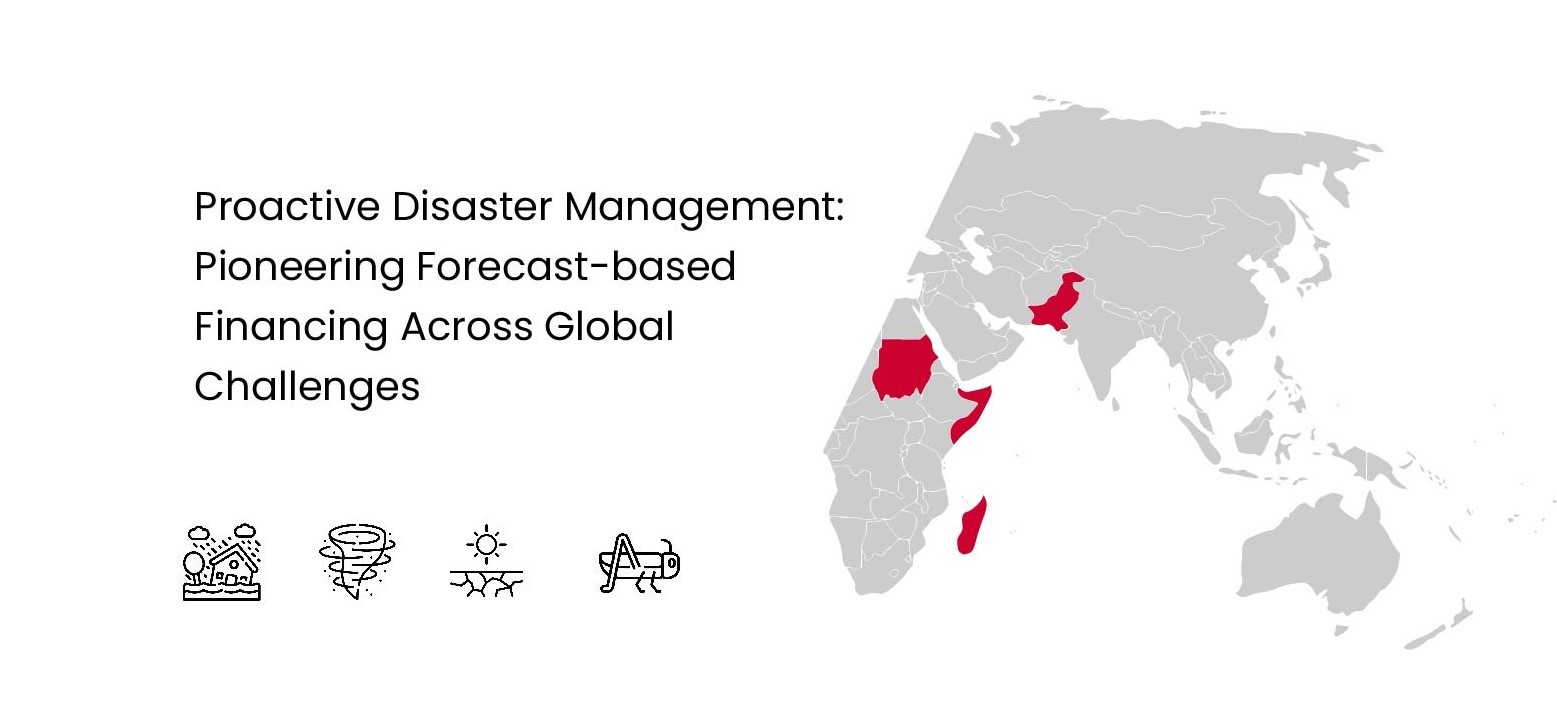Forecast-based Financing (FbF) is an innovative approach to disaster management that focuses on taking early action based on meteorological forecasts and risk assessments to mitigate the impacts of potential disasters. Instead of waiting for a disaster to strike and then responding, FbF enables preemptive measures that can significantly reduce the negative consequences on affected populations. The primary purpose of FbF is to trigger timely and effective interventions that help in risk reduction, improve community preparedness, strengthen disaster response systems, and ultimately build the resilience of vulnerable communities. By integrating scientific data and forecasts into the decision-making process, FbF ensures that resources are allocated efficiently and that the most appropriate actions are taken well before a disaster occurs. This proactive strategy not only saves lives and reduces suffering, and in many cases, proves to be more cost-effective compared to traditional reactive approaches to disaster management. However, the effectiveness of FbF can depend on specific contexts and conditions, and traditional approaches are still necessary in the aftermath of a disaster, especially when immediate, on-the-ground response and recovery efforts are required.
Within the FbF projects, we provide technical support with the end goal of sustainable knowledge transfer. This includes assessing hazard risk for designing timely actions and targeting interventions where they are most needed. We devise a methodology to evaluate risk across administrative units, collaborating with the local partners to select and prioritize relevant indicators. We strive to support communities in building resilience and shaping their own disaster response based on the local knowledge and needs of the region.
Forecast-based Financing Somalia
Project phase : 01.03.2023 – 31.12.2023
Our FbF journey began in 2022 with a collaborative effort alongside the Somali Red Crescent Society (SRCS), the German Red Cross (GRC), and the Red Cross Red Crescent Climate Center (RCRCCC), aimed at addressing the recurring droughts in Somalia. This additional stress exacerbates the existing fragility in the region, leading to food insecurity, livelihood losses, and widespread internal displacement. To confront these challenges, our team conducted spatial risk and historical impact assessments, devised monitoring and trigger mechanisms, incorporating feedback and local expertise at every stage. This collaborative effort culminated in the development of an Early Action Protocol (EAP) for drought in 2023, underscoring the importance of tive measures in combating humanitarian crises.

Forecast-based financing Sudan – Riverine Floods
Project phase: 1.02.2023- 31.12.2023
In Sudan, we supported the efforts to identify the communities most vulnerable and exposed to riverine floods. We used historical flood data and rural area accessibility data, provided by the German Aerospace Center, our strategic partner. The satellite imagery of past floods was essential for understanding their impact, while the accessibility analysis helped estimate the challenges of reaching affected people during flood events. We then transferred this knowledge to the GRC and the local team. However, due to the current conflict in Sudan, project activities could not be carried out as planned.
Forecast-based Financing Pakistan
Project phase: 1.09.2023 – 31.12.2024
In Pakistan, our efforts began in 2023 with data collection and review to assess its suitability for developing an EAP. This groundwork set the stage for the riverine floods project in the Indus River Basin, officially launched in January 2024. Our goal is to submit the EAP by the end of the year.
Throughout the project, we are developing innovative methodologies, such as dasymetric mapping approaches, for more accurate indicator redistribution on larger scales. We are also conducting an extensive spatial risk assessment at the tehsil (a local unit of administrative division in India and Pakistan) level for the entire Indus River Basin and facilitating an in-person GIS training and risk assessment indicators prioritization workshop for the Pakistan Red Cross Society (PRCS). This approach ensures the inclusion of local knowledge and passes ownership of our services and products to local actors sustainably.

Forecast-based Financing Somalia Locust
Project phase (Jan 2024 – Dec 2024)
In Somalia, we are working on the first FbF project focused on locusts within the Red Cross Red Crescent (RCRC) society. This project aims to help the SRCS warn vulnerable communities about impending locust swarms and protect their livelihoods. Despite the limited data and the challenges of forecasting desert locusts, we aim to submit a simplified EAP by the end of the year. Our activities include evaluating data to identify indicators that describe exposure, vulnerability, and coping capacity in the context of locust infestations. For instance, we are investigating correlations between Land Use Land Cover (LULC), Vegetation Index, and various weather conditions with desert locust observations. Additionally, we are implementing new tools for historical impact assessment (HIA), such as theDEEP, conducting “Tagatons” to tag reports from ReliefWeb and FAO Desert Locust Bulletins published monthly.

Desert Locust Swarms Observations in Somalia between 2019-2021
FbF Madagsakar – Cyclones
Project phase
In Madagascar, we are supporting the development of a full EAP for tropical cyclones. We have completed the draft of Terms of Reference (TOR) and will support the Malagasy Red Cross with the spatial risk assessment. In November, we will help the local team organize an extensive training session to equip more staff members with QGIS skills, knowledge on working with geodata, understanding and updating the risk assessment, and using mobile data collection techniques.
Our Experience with FbF projects
Over the past several years, we’ve come to understand that achieving success in this field demands time, extensive conversations, and a willingness to embrace different perspectives, and varying levels of technical expertise. Yet, with dedicated time and effort, initiatives such as introducing new technologies can yield fruitful results. For a broad spectrum of applications within FbF, using free and open-source software, complemented by tailored training and enduring partnerships, proves to be effective. The overarching objective should always prioritize empowering partners to independently produce actionable outputs and solutions.
We are putting effort into standardizing our processes and methodologies for FbF projects to be well-prepared for receiving more projects. Additionally, we are exploring innovative approaches to address challenges in the regions where we work, especially regarding data availability and data quality.
Our main takeaways are clear: projects of this nature require time to build trust, experiment with new approaches, foster patience with each other, bring different actors together. Ultimately, our goal is to transfer the knowledge we have to the communities, empowering them to take ownership and make it their own.



